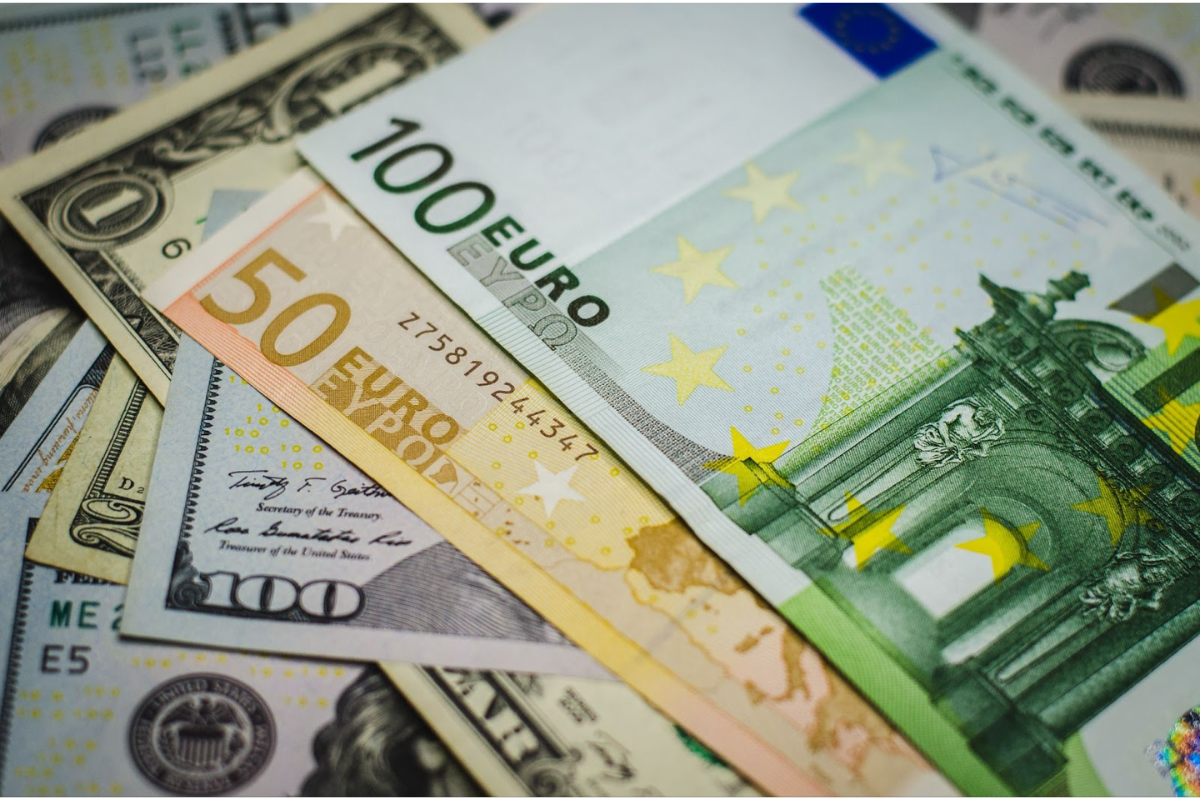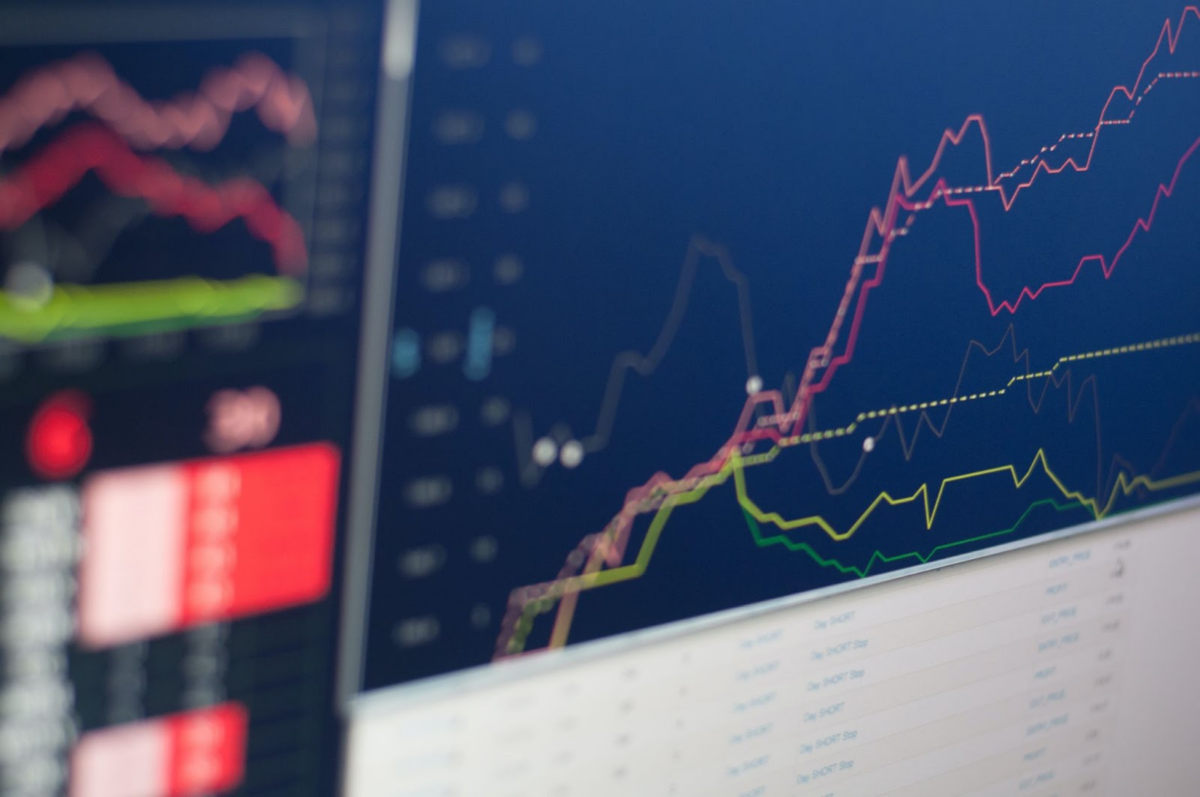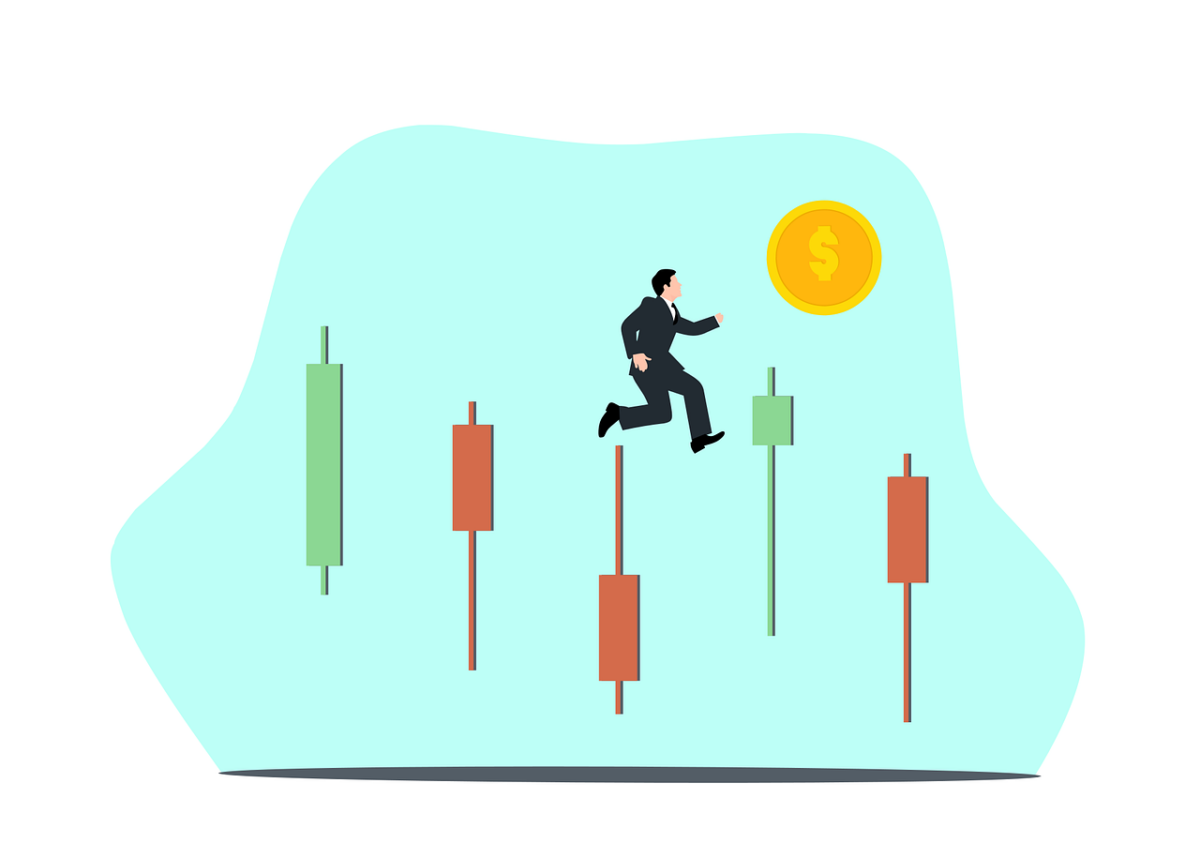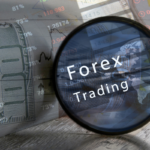
In the world of forex trading, the EUR/USD currency pair holds a prominent position due to its high liquidity and influence in global markets.
Traders who wish to navigate this dynamic market successfully require a comprehensive understanding of the factors affecting the EUR/USD exchange rate.
In this guide, we will delve into the essential aspects of EUR/USD analysis that can help traders make informed decisions and maximize potential profitability.
Post Contents
Understanding EUR/USD Fundamentals
Economic Indicators
Economic indicators are crucial in understanding the factors that drive the EUR/USD exchange rate. Some key indicators include:
- Interest Rates. Set by the European Central Bank (ECB) and the US Federal Reserve (Fed), interest rates directly impact currency values. A higher interest rate in one region typically strengthens its currency relative to others.
- Inflation Rates. Inflation erodes purchasing power, affecting currency values. Central banks aim for stable inflation rates, which can lead to policy changes that impact exchange rates.
- Employment Data. Employment figures, such as the US Non-Farm Payrolls and Eurozone Unemployment Rate, can influence monetary policy and currency values.
Political Factors
Political events, such as elections, policy changes, and geopolitical tensions, can lead to market volatility and impact the EUR/USD exchange rate. Traders should closely monitor political developments in both regions.
EUR/USD Technical Analysis

Technical EUR/USD analysis is the process of evaluating the historical price movements, chart patterns, and various technical indicators to make predictions about EUR/USD future direction. Let’s have a closer look at some of its elements that traders need to monitor.
Price Charts
Traders use price charts to identify trends and potential entry and exit points. Some popular chart types include:
- Candlestick Charts. Display price movements using a series of “candles” that show the opening, closing, high, and low prices for each trading period.
- Bar Charts. Similar to candlestick charts, bar charts display price movements using vertical bars that show the high and low prices and horizontal notches representing the opening and closing prices.
- Line Charts. Connect the closing prices of each trading period, offering a simple visualization of price trends.
Technical Indicators
Technical indicators are mathematical calculations based on price and volume data. Some popular indicators used in EUR/USD trading include but are not limited to:
- Moving Averages calculate the average price over a specific period, helping to identify trends and potential support and resistance levels.
- Relative Strength Index (RSI) measures the speed and change of price movements, providing insights into overbought or oversold market conditions.
- Bollinger Bands is a volatility indicator that uses a moving average and standard deviations to create upper and lower bands around the price. These bands can help identify potential breakouts and reversals.
Trading Strategies
Several trading strategies are commonly used for EUR/USD trading. Here are a few examples:
- Trend trading involves identifying and following a market’s prevailing direction. Traders can use moving averages and trendlines to determine the trend and enter trades in its direction.
- Range trading implies identifying periods of consolidation and trading within the established support and resistance levels. Traders can use tools like Bollinger Bands and the RSI to identify potential reversals within the range.
- Breakout trading involves identifying significant price levels and trading when the price moves beyond these levels. Traders can use tools like trendlines and chart patterns to spot potential breakouts.
- Carry trading is a longer-term strategy that involves taking advantage of interest rate differentials between the Eurozone and the United States. Traders using this strategy would go long on the currency with a higher interest rate (earning interest) and short the currency with a lower interest rate (paying interest). The goal is to profit from the interest rate differential while also seeking potential capital appreciation.
- News trading involves trading the EUR/USD pair based on the release of economic data, central bank announcements, or geopolitical events that can impact currency prices. Traders monitor the economic calendar and look for news events that could cause significant volatility. They may enter trades before the news release if they have a strong expectation of the outcome or react quickly to the market’s reaction after the news is released.

Risk Management
Any type of trading including forex implies high potential risks. Therefore, it’s crucial to develop and follow not only a robust trading strategy but also a risk management plan. Here are some tips to take into account.
- Stop-Loss Orders. Using stop-loss orders can protect traders from significant losses by automatically closing a trade if the price moves against their position by a predetermined amount
- Position Sizing. Setting the appropriate position size can help traders manage their risk by limiting the amount of capital exposed in each trade. Position sizing considers factors such as account size, risk tolerance, and the size of the stop loss.
Conclusion
A comprehensive EUR/USD analysis requires understanding the fundamental and technical factors that drive price movements.
By mastering these concepts and employing sound trading strategies and risk management techniques, traders can enhance their chances of success in the forex market.
Remember, trading involves risks, and past performance is not indicative of future results.
It is essential to conduct thorough research, gain experience, and consult with a financial professional before making any trading decisions.





























